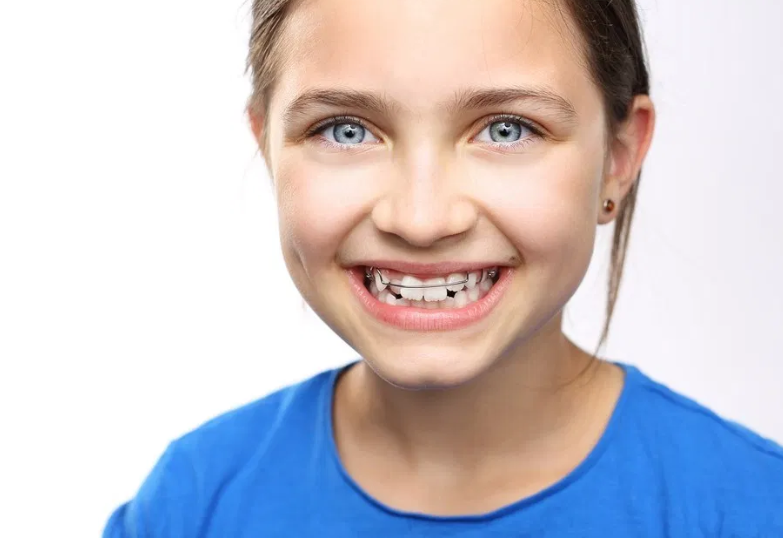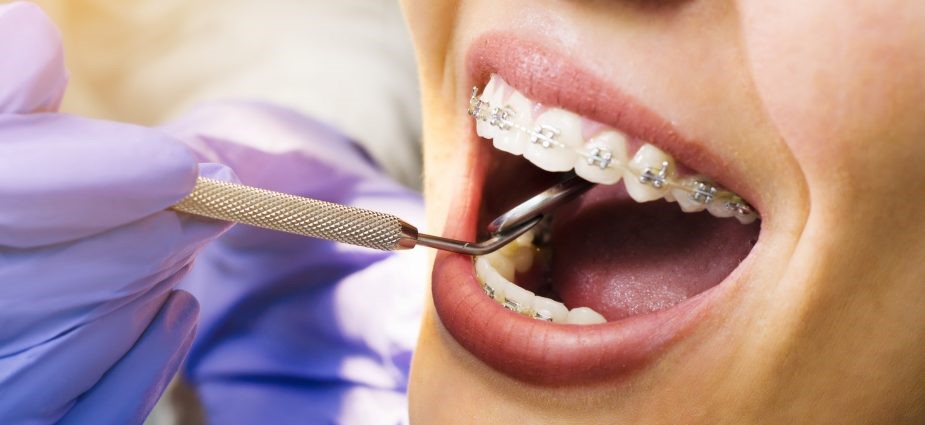WHAT IS ORTHODONTICS IN CHILDREN?
Orthodontics is a specialty of dentistry which is based on diagnosing, treating and preventing dental malpositions and maxillary malocclusions. In addition, orthodontics in children can diagnose a whole series of problems that can occur during growth, both at the bone level and dental replacement. During the development of the child there are a series of changes which can favor to cure or prevent some malocclusions in advanced ages and can also be treated quickly and easily.
Anteroposterior growth of the arcades occurs. The arches grow in the antero-posterior direction, more molars erupt distally. There is a presence of interdental spaces. These are space reserves and may be due to the transverse growth of the jaws. In temporary dentition, the interincisive angle is greater (the incisive teeth are very straight, the permanent ones are more inclined towards the vestibule. Therefore, the greater the inclination, the greater the space. It may seem that the permanent teeth are much larger than the temporary teeth that they replace, and this happens in the anterior sector (in the incisors) but in the lateral sector we find the so-called drift space. The definitive teeth are not larger than the temporal ones, for example the premolars are smaller than the temporal molars.

There are many more therapeutic possibilities of orthodontics than in other ages because during childhood there are all circumstances which are very favorable.
WHEN IS ORTHODONTICS NECESSARY IN CHILDREN?
Orthodontic specialists advise that the first revision with the orthodontist is recommended between 5 and 7 years of age. It is between this age when the dental replacement has begun and the jaws are in full growth. During the reviews with the orthodontist, he explores both the extraoral and the intraoral part of the child. It focuses on the observation of the eruption of the teeth, being able to see whether or not it corresponds to the child’s age, as well as exploring the child’s bite or observing the position of the maxillary bones with each other and in the whole. Although the child’s rash and bite are correct, it is important to perform annual checkups to follow the entire process of dental replacement in the oral cavity. Children should go to the dentist or specialist for the first time, to the pediatric dentist, every year since the first teeth erupt (at 6 months). These appointments are important to be able to diagnose with time any series of changes in the oral cavity that may go unnoticed by the child’s parents.
WHY IS IT IMPORTANT TO PERFORM ORTHODONTICS IN CHILDREN?
In the childhood ages, the maxillary bones and all the bones of the face are in development, so forces can be applied to them and their growth can be modified to correct any pathology and also achieve more harmonic facial proportions. It is important to know that once the growth is finished, the treatment of bone malocclusions that affect the bones of the face can only be performed by orthognathic surgery. Also in children some temporary teeth are replaced by definitive teeth which are of a size, mesio-distal, smaller than those of milk. So there is a surplus space that may be necessary to perform some type of dental movement and correct the malocclusion established.
On the other hand, the habits that children perform can cause the appearance of dental malocclusions since they prevent the correct growth of facial bones and cause an imbalance of facial proportions. Some of the habits are: thumb sucking, oral breathing, atypical swallowing, among many others. All this series of habits means that malocclusions such as the previous open bite can be established, by thumb sucking or atypical swallowing, a cross bite, by the presence of oral breathing and atypical swallowing since there is no stimulation of the palate by the language.
WHAT ARE ORTHODONTIC TREATMENTS IN CHILDREN?
Orthodontics in children’s ages can be interceptive, functional or corrective. Interceptive orthodontics is the one that prevents more serious subsequent pathologies. It is only based on making movements with a few teeth controlling the space, habits and dysfunctions in children, such as digital suction, oral breathing or the presence of a pacifier or bottle at ages of more than 2 years. Functional orthodontics is intended to focus craniofacial growth towards a correct position and achieve stability in it, even when the bones are growing. Finally, corrective orthodontics is based on treating malocclusion that is already established by applying different forces with orthodontic appliances. This type of orthodontics is usually performed when there is a definitive dentition or in the final part of the mixed dentition replacement. Thus, the orthodontic treatment varies depending on the age of the child and the type of alteration or habit that is present and that must be corrected. It is important that before starting an orthodontic treatment a complete extraoral and intraoral study of the child is done to analyze all kinds of alterations, as well as an exhaustive exploration of the functions and habits of children.


